Gear Advice.....walking poles
If you’ve already been on one of our guided walking weekends, then you’ll know that kit regularly becomes a talking point. Whether it’s certain members of the group coveting pieces of kit or a discussion about the pros and cons of specific items.
This is certainly the case with walking poles where opinions can be (excuse the pun) poles apart!
So here’s our take on them:
a.) Walking poles are not a cop-out
Apart from our own, and our guests’ experiences of walking poles, researchers at Northumbria University have also shown that walking or trekking poles can reduce soreness and help maintain muscle function.
Quite simply, used properly, they can reduce the load on your body and help protect your knees as you descend a steep slope.
They also provide support when you’re on uneven ground.
Particularly for long distance walks like the Yorkshire Three Peaks or technical mountain hikes, we’d highly recommend walking poles.
b.) Which ones to buy?
Like any kit, there are umpteen choices of walking poles with different price tags.
The design varies according to type of usage – from expedition trekking and Nordic walking through to gentler rambles – and material which can affect the weight of the poles.
There are also differences in the amount of shock absorption, hand grip and the release mechanism to enable the poles to fold down.
From our experience £20 should get you a decent enough pair with some shock absorption but some important things to bear in mind are:
Ensure the right pole length. Most people advise that your forearms should be horizontal when you’re holding the poles with the tips touching the floor.
The ability to adjust the length – you may want to change the pole length during a walk (shorter when walking uphill and longer on the down section)
Walking poles should not hinder your natural movement.
c.) Other uses for walking poles
They do have other uses such as:
Testing the depth of water or mud you come across, so you can avoid an unnecessary soaking or mud bath.
Swiping away brambles that have strayed across the track.
Keeping our leader in-check (only joking!)

